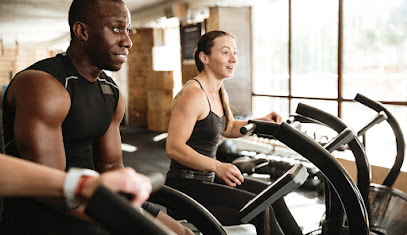The Future of Work in the Metaverse
Introduction:
The metaverse is rapidly changing the way we work. As virtual reality (VR) and augmented reality (AR) technologies continue to develop, we are seeing a rise in the number of businesses that are adopting the metaverse for work.
In this article, we will explore the future of work in the metaverse. We will discuss how the metaverse is changing the way we work, and what the potential benefits and risks are.
How the metaverse is changing the way we work
The metaverse is changing the way we work in a number of ways. First, it is making it easier for people to collaborate from anywhere in the world. With VR and AR technologies, people can work together in a virtual space, even if they are not in the same physical location.
Second, the metaverse is making it easier for people to access information and resources. With VR and AR technologies, people can access information and tools from anywhere in the world, in a way that is more immersive and engaging.
Third, the metaverse is making it easier for people to learn and grow. With VR and AR technologies, people can learn new skills in a more immersive and engaging way.
Potential benefits of the metaverse for work
The metaverse has the potential to offer a number of benefits for work, including:
- Increased collaboration and productivity
- Improved access to information and resources
- Enhanced learning and growth
- Reduced travel costs and time
Potential risks of the metaverse for work
Like any new technology, the metaverse also has some potential risks for work, including:
- Increased isolation and addiction
- Security and privacy concerns
- Workplace discrimination
Conclusion
The metaverse is still in its early stages of development, but it has the potential to revolutionize the way we work. As VR and AR technologies continue to develop, we are likely to see a further rise in the number of businesses that are adopting the metaverse for work.







.jpg)
.jpg)


.jpg)

